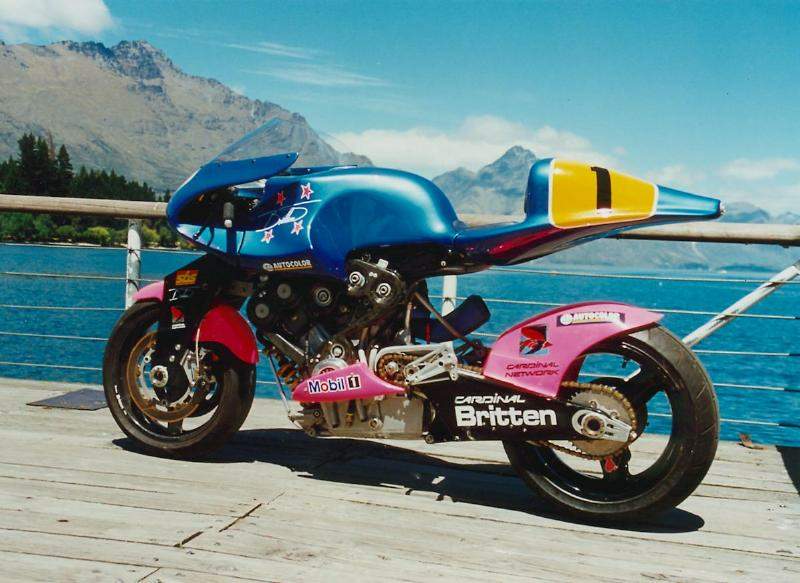ghettobrick
New member
- Joined
- Oct 7, 2003
- Location
- Ontario, Canada
Does anyone have any info or pictures of a rear radiator steup in a 240? It would be in a car that will be used for ice racing, and is normally run for about 15 to 20 minutes at a time in below freezing temperatures. Speeds are between 30-90kph on track. I've seen a couple not so great pictures from some Swedish folkrace/rallycross cars, but no real solid info on successful ones. Seems to be enough cars that are doing it, so there must be some reason. Crash protection and little more weight over the rear wheels are the benefits that i am seeing, but am a little worried about sufficient airflow. Any tips or ticks in general, or real world experience involving jamming the rad in the trunk would be great.









